Ah, bird poop. It's one of those necessary evils of bird ownership that you must learn to live with. The good news is that although many claim that there is no way to "housebreak" or "potty train" a bird, there are in fact ways to teach your pet the proper places to relieve itself—sun conures are a perfect example. While it won't happen overnight and can be a bit more complicated than teaching a cat or dog, many owners find that the benefits of such training are well worth the effort.
Train Yourself
The first step in potty training your bird is to train yourself. Each day when you interact with your pet, pay close attention to any "signals" the bird may give you before relieving himself. These can be as subtle as a change in posture, a certain "look" in the bird's eyes, or a ruffling of tailfeathers. Some birds become restless when sitting quietly in one spot for a long time and this can indicate they need to go to the bathroom. Every bird is different, and will thus use different body language, but if you know your bird and learn to "read" it, it won't take you long to catch on.
Pay Attention
Another thing to pay attention to is the frequency of your bird's droppings. Many birds will use the bathroom as often as every five or 10 minutes, but again, this is highly individual. If you watch your bird, you may begin to see a pattern in its restroom habits, and if you take note of the amount of time it takes between poops, you will be better at judging when your bird is ready for a potty break.
Find Places to Go
Once you've gotten a good idea of your bird's natural bathroom schedule, you can begin to work with your bird on learning the right places to go potty. The first thing to do is to decide where you want your bird to relieve itself. This can be any number of places, such as the bird's cage, a garbage can, or a piece of newspaper or cage liner. Whatever you decide on, it's important to stick with it as much as possible. Many bird owners train their pets to potty on a piece of waste paper, as this is the most portable and easily disposed of.
When you've chosen the proper place, the only thing you must do is take your bird to it (or if it's a piece of paper, hold it under the bird) when it's time to go potty— sounds simple, right? The trick is anticipating the bird's need to use the bathroom, which is where knowing your bird's potty habits comes into play. If, for example, you noticed that your bird relieves itself about every seven minutes, then you should place your bird over its designated poop space every seven minutes. There may be times when your bird does not need to poop as often as normal, and that's okay—if you notice that your bird hasn't pooped after being held over the potty space for a minute or two, let it resume playing, and just try again after one to three minutes have passed.
Give Praise
When your bird uses the bathroom in the correct area, be sure to praise it with kind words and tasty treats. As time passes, it will begin to understand that pooping in the right place yields great rewards. This can take many months of training, however, so don't be surprised if your bird has a few accidents, and don't be angry with your pet if it "misses the spot". Remember, it's your responsibility to pay attention to your bird's body language and schedule, and get the bird to the proper place to go potty.
With persistence and plenty of positive reinforcement, many birds take to potty training quite readily and quickly learn that pooping on humans (or furniture) is not encouraged. While it does require effort on the part of the owner to make sure that accidents don't occur, most claim that it's much easier than tending to the laundry and messes that un-trained birds create. Have fun with your bird and make potty training a learning experience for both of you—and never again worry about losing your favorite shirt to a "bird bomb"! (And if your bird does have an accident on your favorite shirt, know how to clean bird poop out of clothing.)
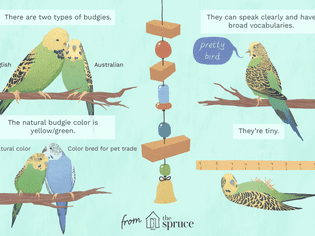
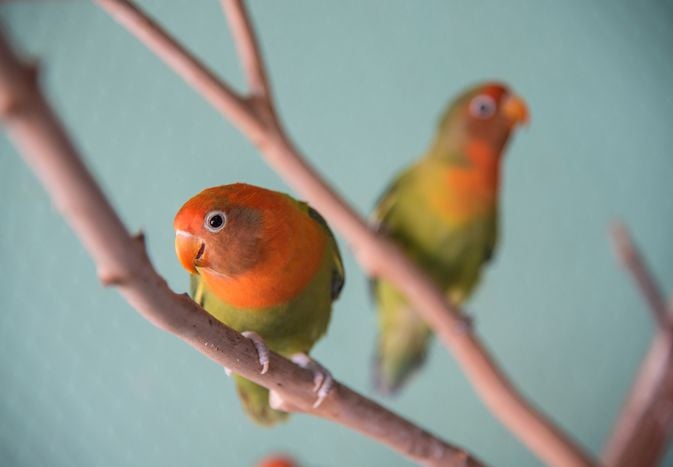
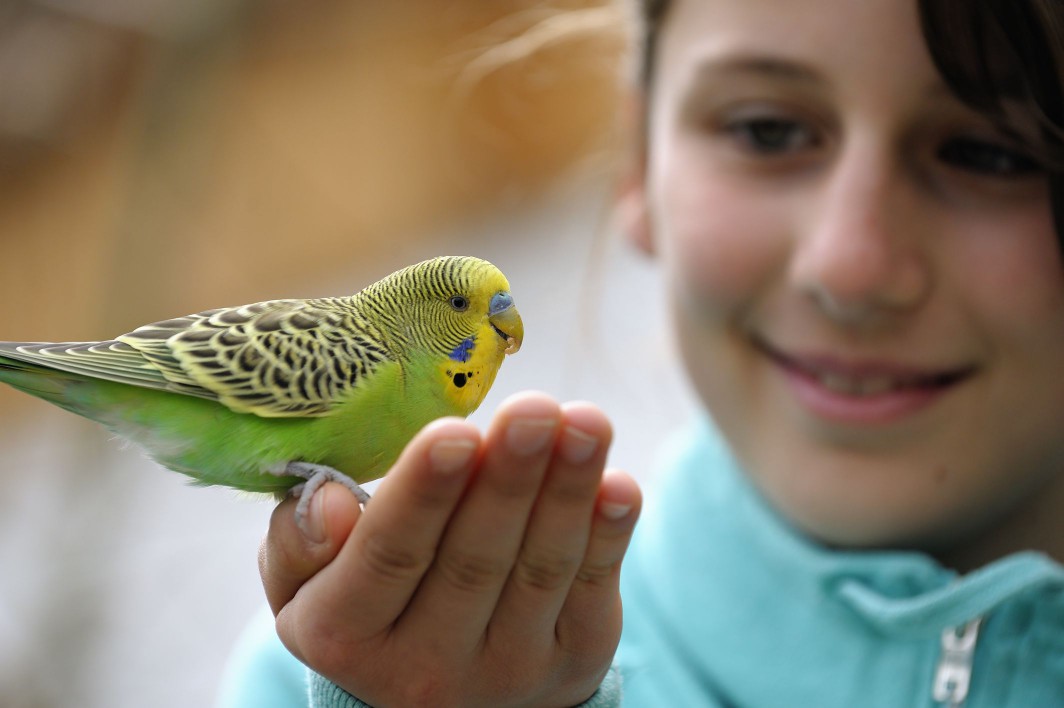
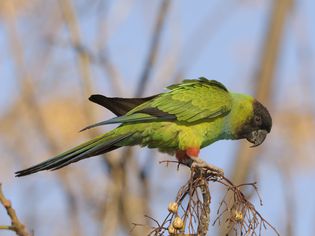
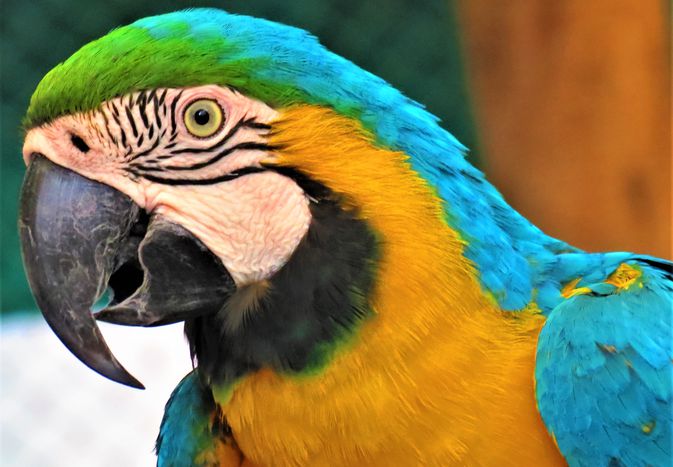

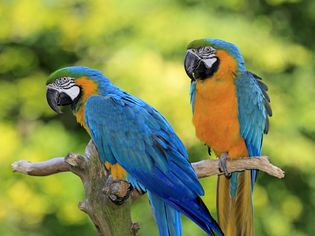
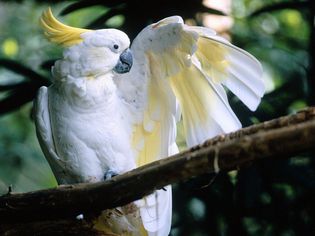
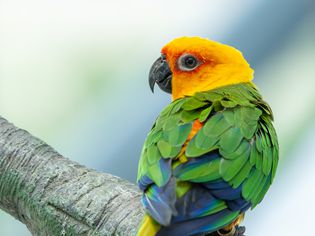
Comments on "How to Potty Train Your Pet Bird" :